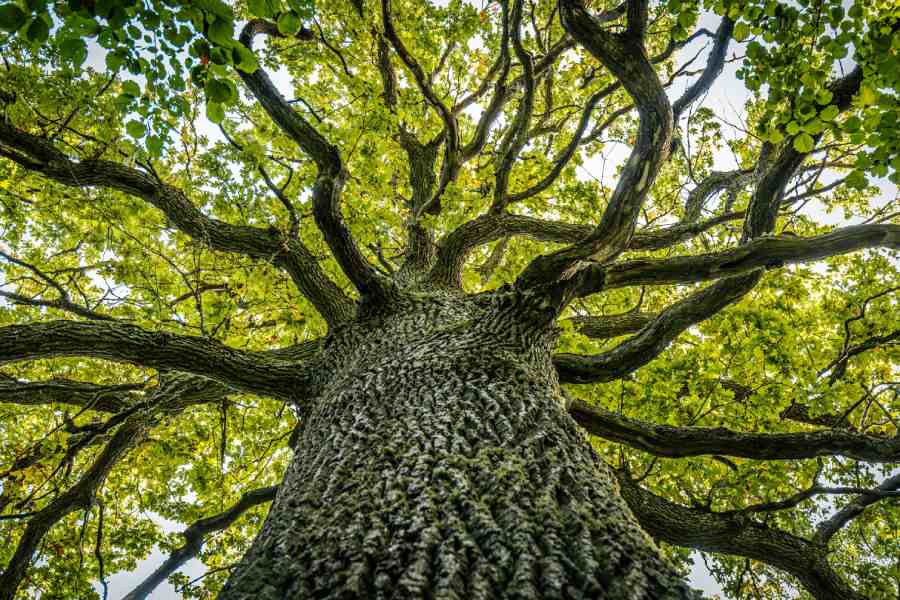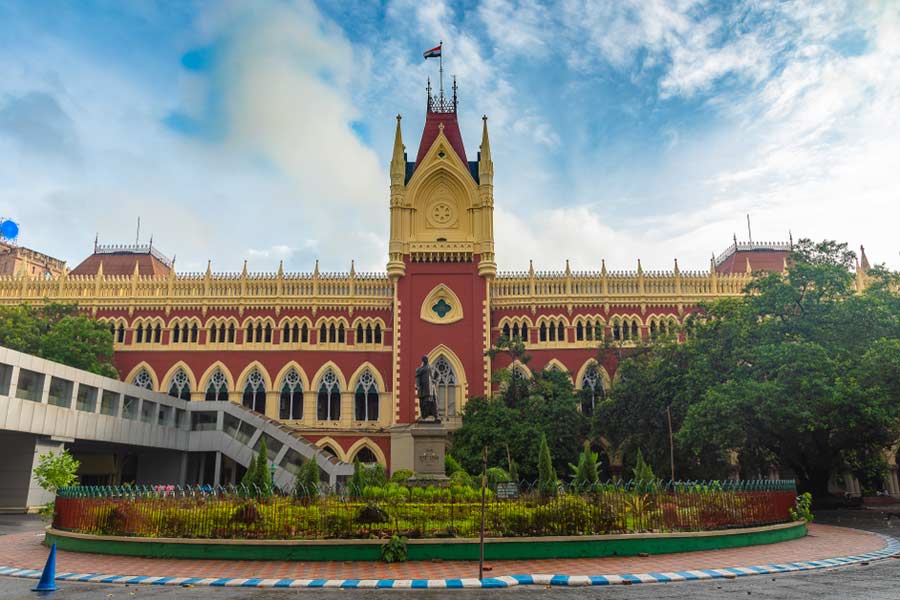The Supreme Court on Wednesday recommended the Centre to create a comprehensive policy for governance and management of community-protected forests, known as sacred groves.
A bench of Justices B R Gavai, S V N Bhatti and Sandeep Mehta, said India was home to thousands of sacred groves, which were patches of forests or clusters of trees that held deep cultural or spiritual significance for the local communities that protected and sustained them.
"The Ministry of Environment, Forest and Climate Change (MoEFCC) is recommended to create a comprehensive policy for the governance and management of sacred groves across the country," the bench said.
The judgment quoted a Bhagwat Gita verse, as saying, "Nature is the source of all material things: the maker, the means of making, and the things made. Spirit is the source of all consciousness which feels pleasure and feels pain".
Highlighting the ecological and cultural importance of the sacred groves, the top court recommended their protection under the Wildlife Protection Act, 1972, particularly through Section 36-C, which allows for declaration of "community reserves".
The top court delivered its verdict on a plea raising concerns over the sacred groves in Rajasthan.
The apex court directed the forest department of Rajasthan to carry out detailed on-ground and satellite mapping of each sacred grove in the respective area and classify them as "forests", as recommended in the central empowered committee's report of June 1, 2005.
It also directed the state to complete the survey and notification of sacred groves/Orans in all districts.
It noted that as part of this policy, the MoEFCC must also develop a plan for a nationwide survey of sacred groves, by whatever name they were identified with in each state.
"This survey should identify their area, location, and extent, and clearly mark their boundaries. These boundaries should remain flexible to accommodate the natural growth and expansion of these forests while ensuring strict protection against any reduction in size due to agricultural activities, human habitation, deforestation, or other causes," the bench said.
The apex court said it was necessary to propose certain suggestions to promote the sustainable conservation of the sacred groves and empower the communities associated with their protection.
The Rajasthan government was therefore directed to identify traditional communities that have historically protected the sacred groves and designate these areas as "community forest resource" under Section 2(a) of the Forest Rights Act.
"These communities have shown a strong cultural and ecological commitment to conservation, and their role as custodians should be formally recognised," the bench said.
Referring to the "Piplantri model" created in a village in Rajasthan's Rajsamand district, the bench said it showed how environmental protection, gender equality, and economic growth could work together to change communities.
The tragic passing of a girl child of the sarpanch prompted the movement in the village which had until then witnessed environmental damages due to excessive marble mining. The mining activity led to acute water shortages, deforestation and economic decline.
The court noted the community, led by its sarpanch, introduced a practice of planting 111 trees for every girl born and the initiative transformed not only the village's landscape but also the nearby areas.
"This phenomenal effort also gave positive impetus to the efforts for reducing societal biases against women," it said.
The bench said the Piplantri model has had many positive outcomes and environmentally, over 40 lakh trees were planted, which helped in raising the water table by 800-900 feet and cooled the climate by about three to four degrees celsius.
Socially, the model helped eliminate harmful practices like female foeticide, it said.
"The village now has a rare distinction of a higher female population ratio, i.e., 52 per cent and ensures that all girls receive education," said the court.
The illustration of Piplantri village demonstrated to the court how community driven initiatives could effectively address social, economic and environmental challenges in a cohesive manner.
"The central and state governments should support these models by providing financial assistance, creating enabling policies, and offering technical guidance to communities," the bench suggested.
The MoEFCC was therefore suggested to create policies and programs to protect the rights of such communities and involve them in forest conservation.
The bench said in order to ensure compliance of the directions, the MoEFCC, in collaboration with the state forest department, should constitute a five-member committee preferably headed by a retired judge of the Rajasthan High Court.
The committee should include a domain expert, preferably a retired chief conservator of forests, a senior officer from the MoEFCC and one senior officer each from the forest and revenue departments of Rajasthan, it said.
Except for the headline, this story has not been edited by The Telegraph Online staff and has been published from a syndicated feed.











